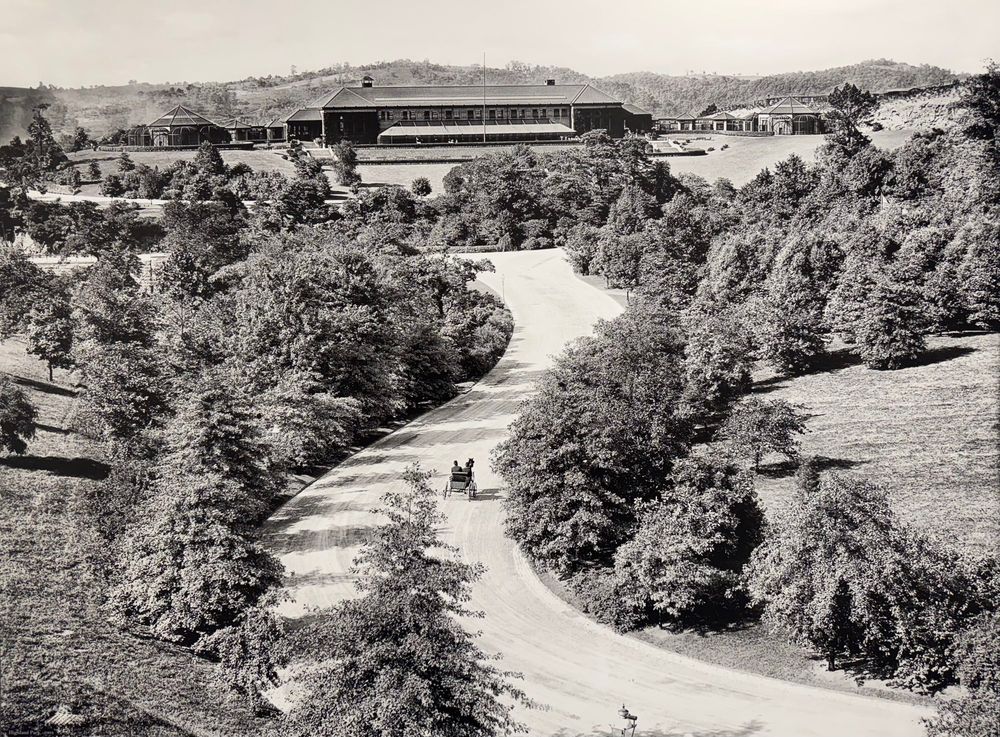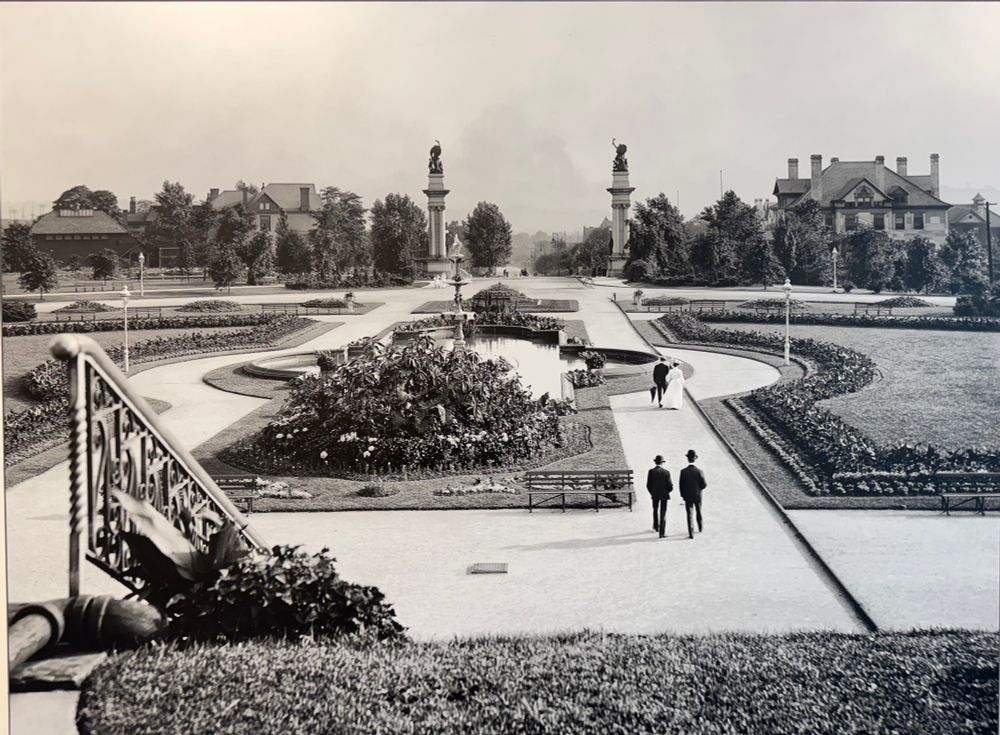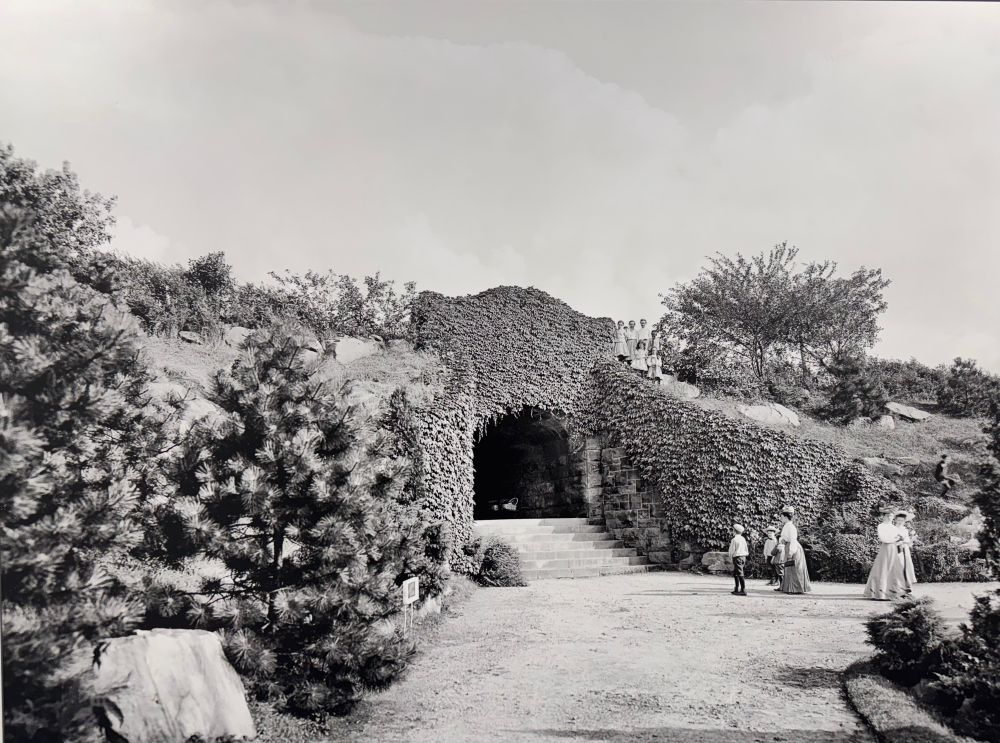I miss cinnamon rolls SO MUCH
10.08.2025 18:01 — 👍 2 🔁 0 💬 0 📌 0
The universe just does this shit to be funny and tbf it's goddamn working, as someone with a cinnamon allergy I find this hilarious
10.08.2025 17:19 — 👍 10 🔁 0 💬 1 📌 0

How to treat a cinnamon
allergy
If you're experiencing symptoms of an
allergic reaction, it's recommended that
you take an antihistamine medication, such
as Benadryl. However, you should only
take the pill version. The liquid version has
been reported to contain cinnamon as a
flavor.
Amazing, perfect, no notes
10.08.2025 17:18 — 👍 31 🔁 2 💬 1 📌 0
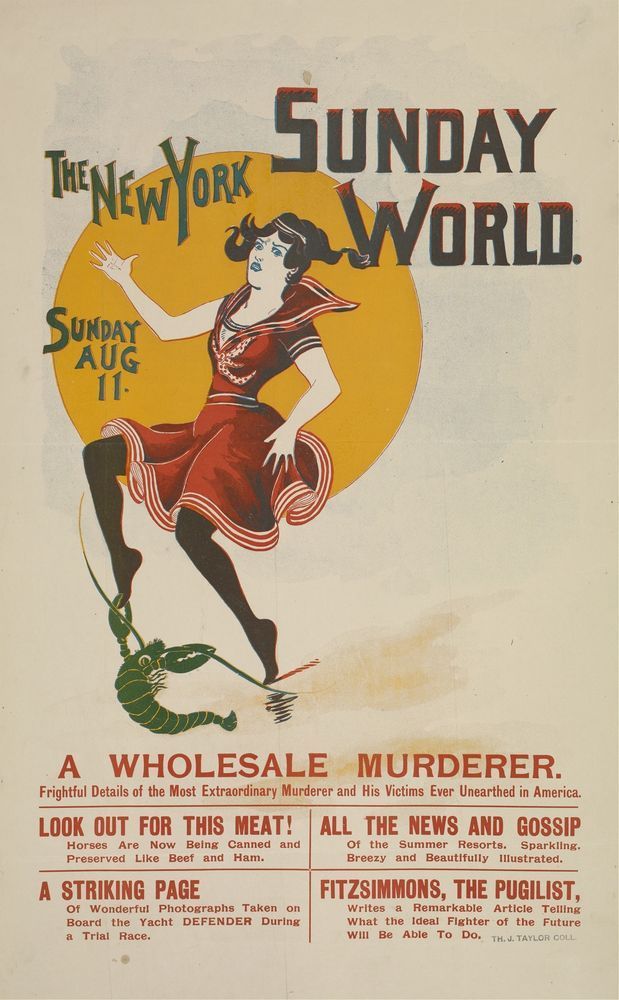
new york sunday world illustrated cover
august 11
illustration of a woman in a bathing costume with a large sun behind her attempting to escape the aggressive affections of a green lobster
text:
A WHOLESALE MURDERER.
Frightful Details of the Most Extraordinary Murderer and His Victims Ever Unearthed in America
LOOK OUT FOR THIS MEAT!
Horses Are Now Being Canned and
Preserved Like Beef and
Ham.
A STRIKING PAGE
Of Wonderful Photographs Taken
on
Board
the
Yacht
DEFENDER
During
ALL THE NEWS AND GOSSIF
Of the Summer Resorts.
Breezy and
Sparkling
Beautifully Illustrated.
FITZSIMMONS, THE PUGILIST
Writes a
Remarkable
Article
Tellin;
What the Ideal Fighter
of the
Future will be able to do
Look out for this meat!
Sunday World
Aug 11 1895
10.08.2025 11:55 — 👍 6 🔁 0 💬 0 📌 0
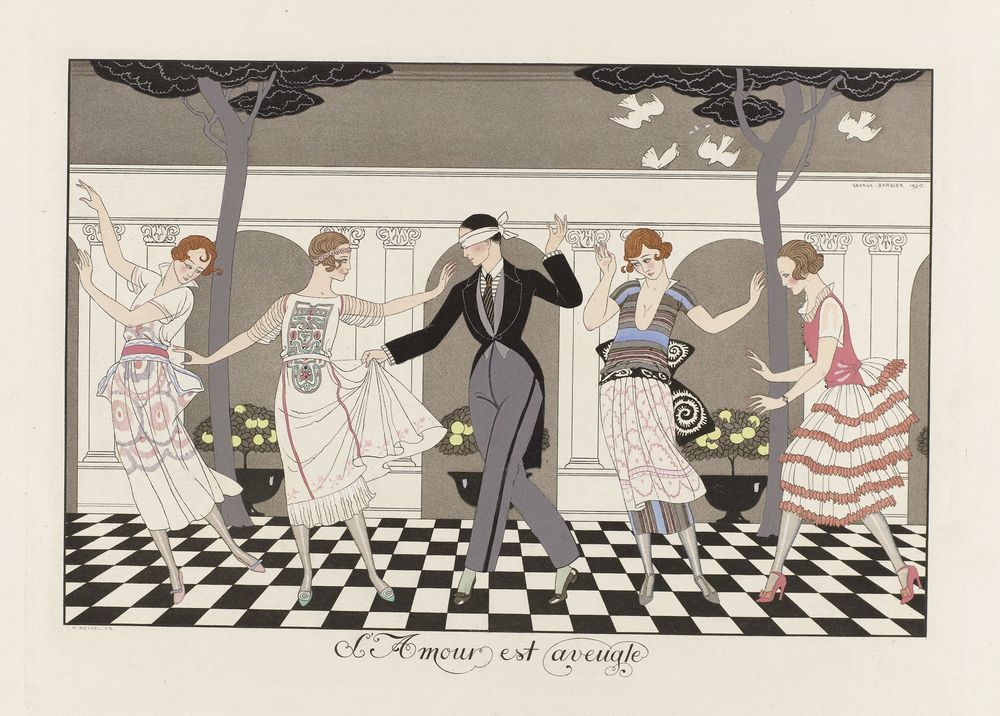
a blindfolded man in evening clothes is centered on a parquet floor with 4 women dancign around him. He is grabbing the skirt of one
Love is Blind
George Barbier
1924
10.08.2025 00:47 — 👍 3 🔁 0 💬 0 📌 0
Sheer force of will, I'm assuming
09.08.2025 15:41 — 👍 1 🔁 0 💬 0 📌 0
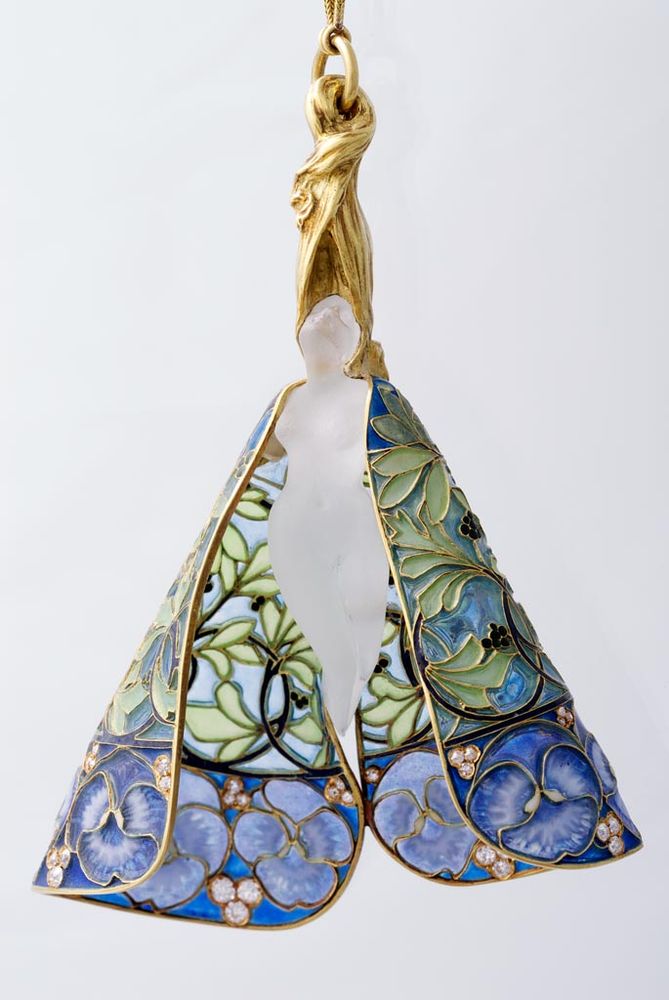
Source: "The female nude figure of the pendant is made from etched glass, and is attached to a thin chain passed through the woman’s golden cascade of hair. The shoulders of the figure are covered by a colourful cloak, the bottom of which is decorated with miniature diamonds placed in groups of three among flowers. The artistic composition is executed in a virtuoso technique, especially in the decoration of the cloak. The framework of the cloak is formed by an openwork floral pattern, leafy vines, and flowers, which are filled with greenish, bluish and violet-coloured plique-a-jour enamel. This method results in an effect similar to stained glass windows: when lit from behind, the colours of the enamel gleam. This complex technique of translucent enamel was used in the Middle Ages, but forgotten after the Renaissance. A jeweller, Andre Fernand Thesmar (1843–1912), rediscovered plique-a-jour enamel and began exhibiting objects made using this method in the 1870s. The technique became one of the hallmarks of Art Nouveau jewellery. While Thesmar used opaque enamel, Lalique (1860–1945) worked with translucent plique-a-jour enamel, recognizing its capacity to produce powerful, glowing colours. The inspiration behind the present jewel was the emblematic Parisian dancer of the period, Loie Fuller (1862–1928), whose famed choreography of 1895, the Danse serpentine, was performed in a similar, cloak-like veil."
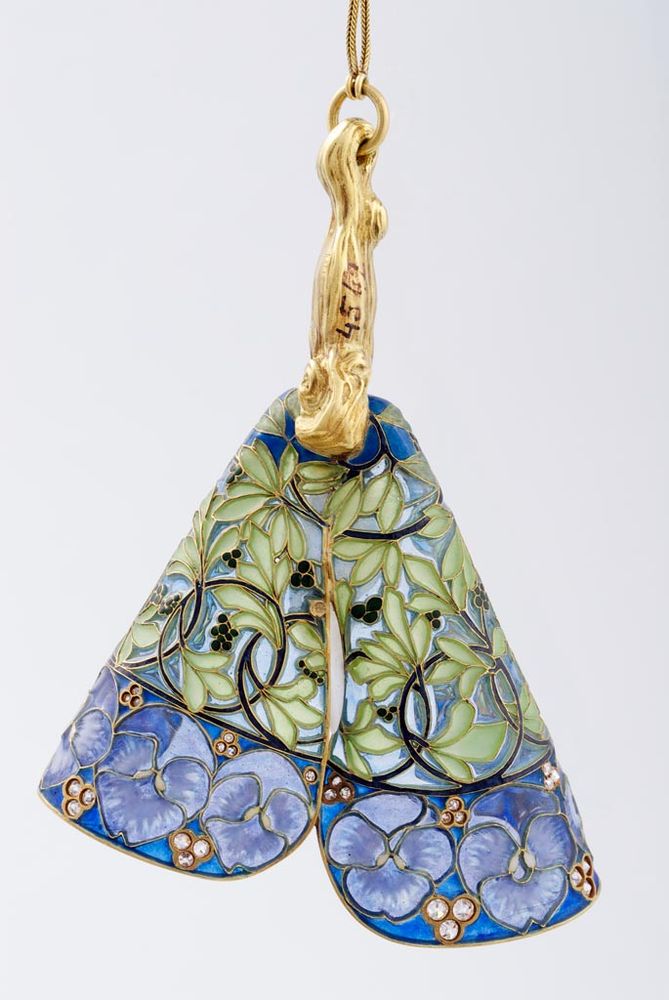
pendant from back; very soothing mix of blues and greens and gold
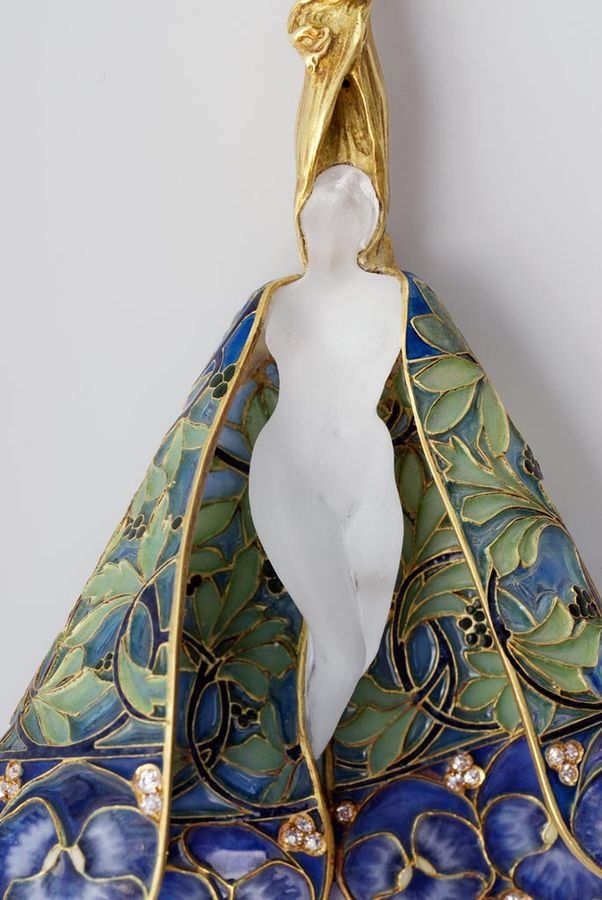
pendant from front, with frosted glass figure of woman centered
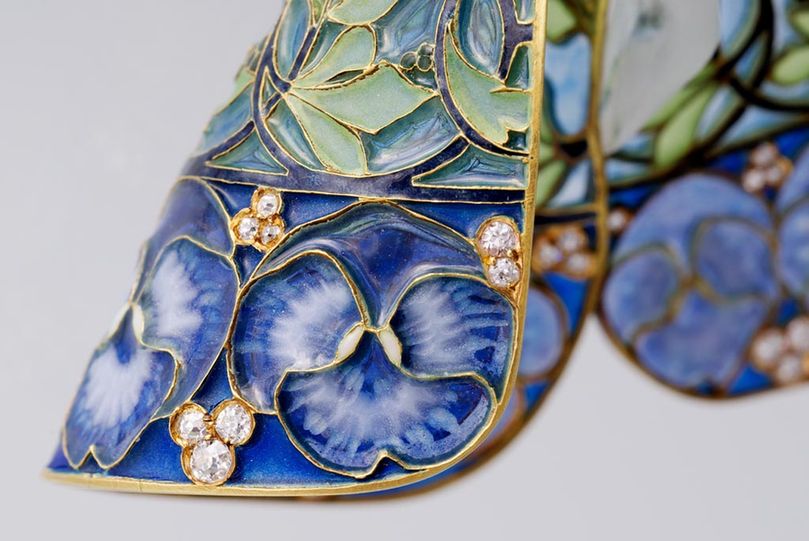
close up of back of pendant, blue violets with white striations and little diamonds set in bright gold
A titillating pendant
René Jules Lalique/Lalique Crystal Co.
ca. 1900
Budapest Museum of Applied Arts
09.08.2025 15:27 — 👍 17 🔁 3 💬 1 📌 0
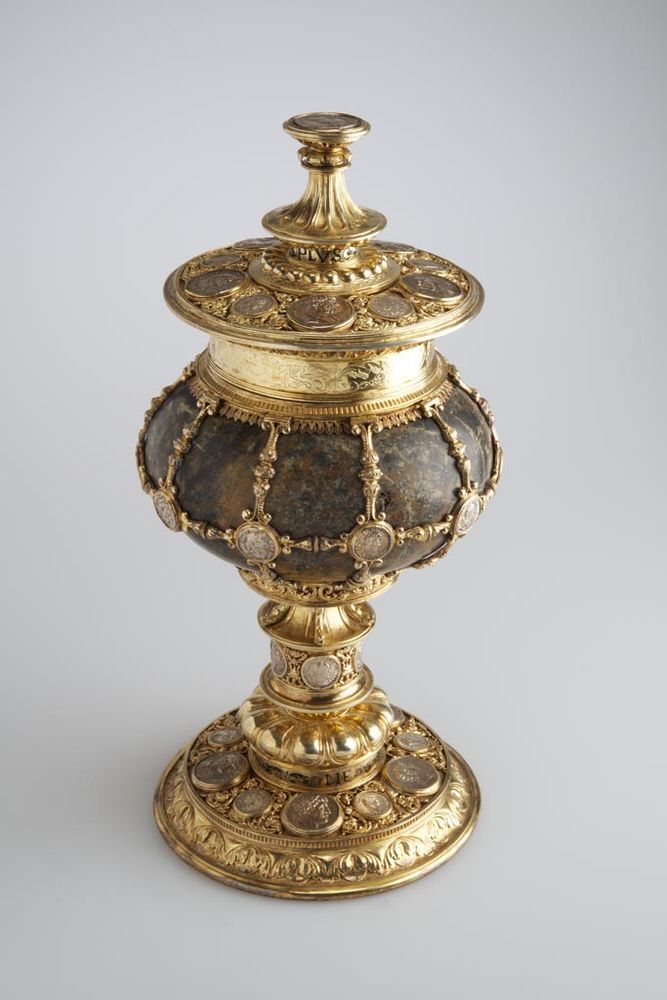
source: "The unique feature of this serpentine cup, impressive in its size, is the thirty-five various coins covering its base, bowl and lid. Most of them were made after antique originals (from the era of the Roman Empire), or are so-called fictitious coins of the Renaissance. Further interesting things to note about this goldsmith work, richly decorated with palmettos (stylised palm leaves) and acanthus tendrils are the two enamelled French inscriptions on its stem and the horizontal band of the bowl: “NVLLE PLVS” and “NE MOY AVLTRE”. These are the mottoes of Anthoine de Lalaing (1480–1540), Count of Hoogstraten (now Belgium) and his wife, Elisabeth de Coulembourg (1475–1555).
Several theories were made about the origins of this ornamental cup. According to an early idea based on the inscription of a coin, it was made in 1490 as a gift for King Matthias Corvinus. At the major goldsmith exhibition of the Museum of Applied Arts held in 1884, the work was presented as a 16th century article. Not only the date, but also the place of its manufacture is uncertain. France, Switzerland, Strasbourg, Nuremberg, and now – based on inscriptions – The Netherlands have all been considered as the place of execution of the artefact. Its precise identification requires further research."
Standing cup with ornamental coins
Budapest Museum of Applied Arts
(provenance speculation described in alt text)
09.08.2025 15:06 — 👍 8 🔁 1 💬 0 📌 0

wide cuff bracelet, black, with a long serpentine spine along the top and continuing past the cuff (the spine is about 2x as long as the cuff).
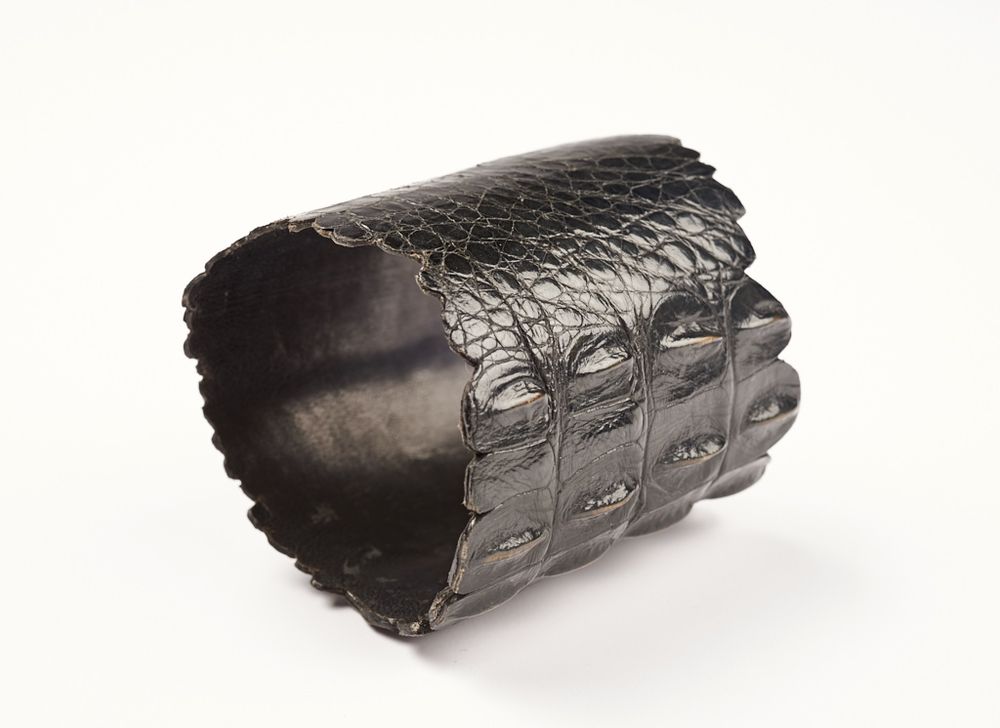
scaly black cuff bracelet
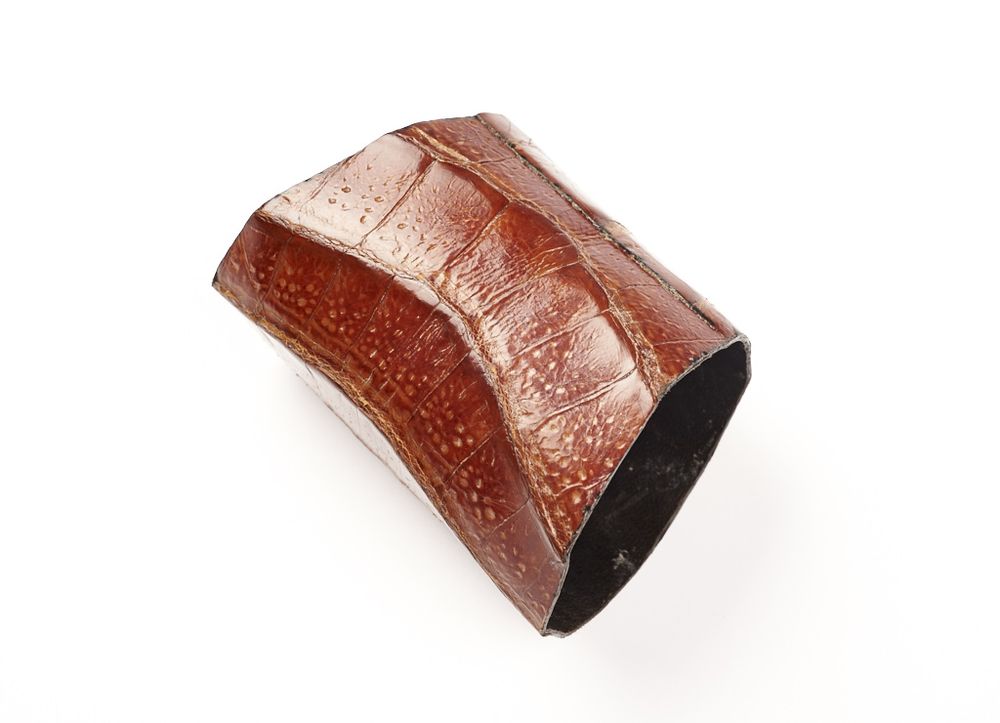
shiny brown large-scaled cuff bracelet
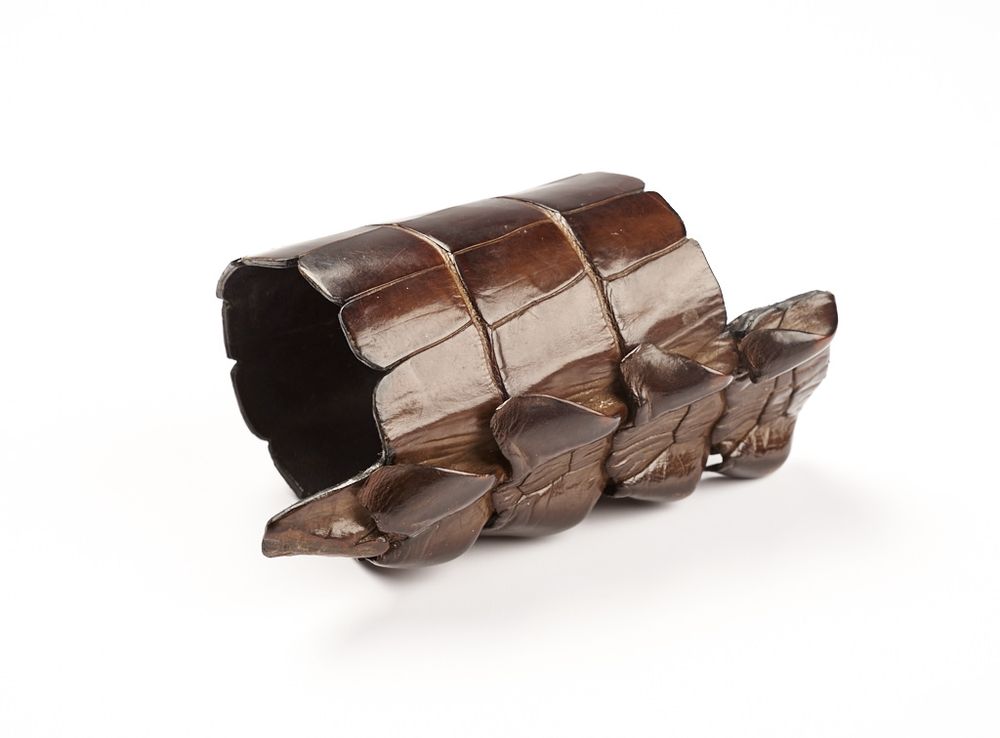
shiny brown cuff bracelet with a serpentine spine along one side
Reptile Skin Bracelets
Katalin Abaházi
Budapest
Budapest Museum of Applied Arts
07.08.2025 00:27 — 👍 10 🔁 3 💬 1 📌 1
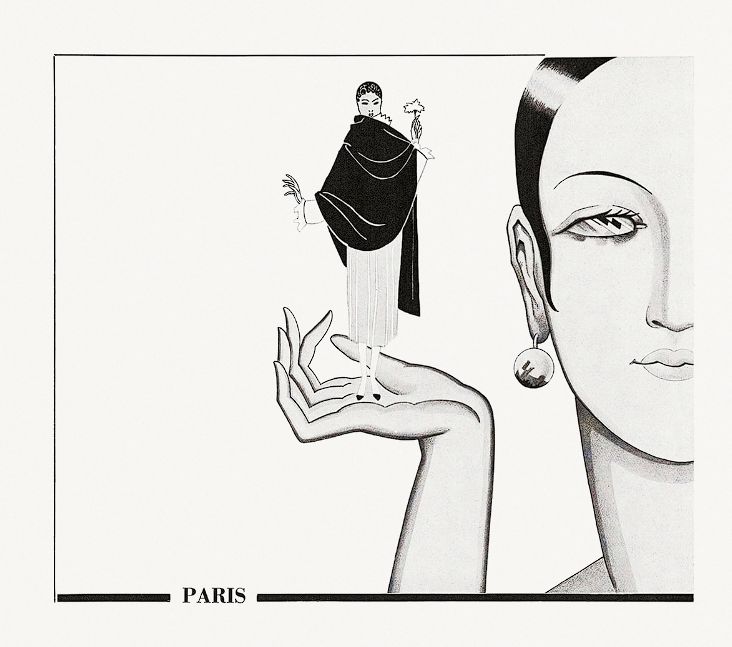
illustration, black & white, of a woman with short, slick black hair and a large round earring holding another, smaller woman in her hand
George Barbier
1931
09.08.2025 12:29 — 👍 7 🔁 0 💬 0 📌 0

EVERY
MAN WANTS
HIS WOMAN
ON A PEDESTAL
Rogers places you there in #9802,
our famous fluffy ruffle in a new length
for sleeping. Two layers of nylon tricot..
fluted fabric floating over a contrasting
tone. Love Apple Red over Pink Lady,
Black over Petal Pink, Ariel Blue
over White. Sizes S-M-L. $10.95.
Rogers Lingerie, 500 Fifth Ave., N.Y. 36
EVERY
MAN WANTS
HIS WOMAN
ON A PEDESTAL
Mademoiselle
July 1958
Internet Archive
09.08.2025 06:08 — 👍 4 🔁 0 💬 2 📌 0
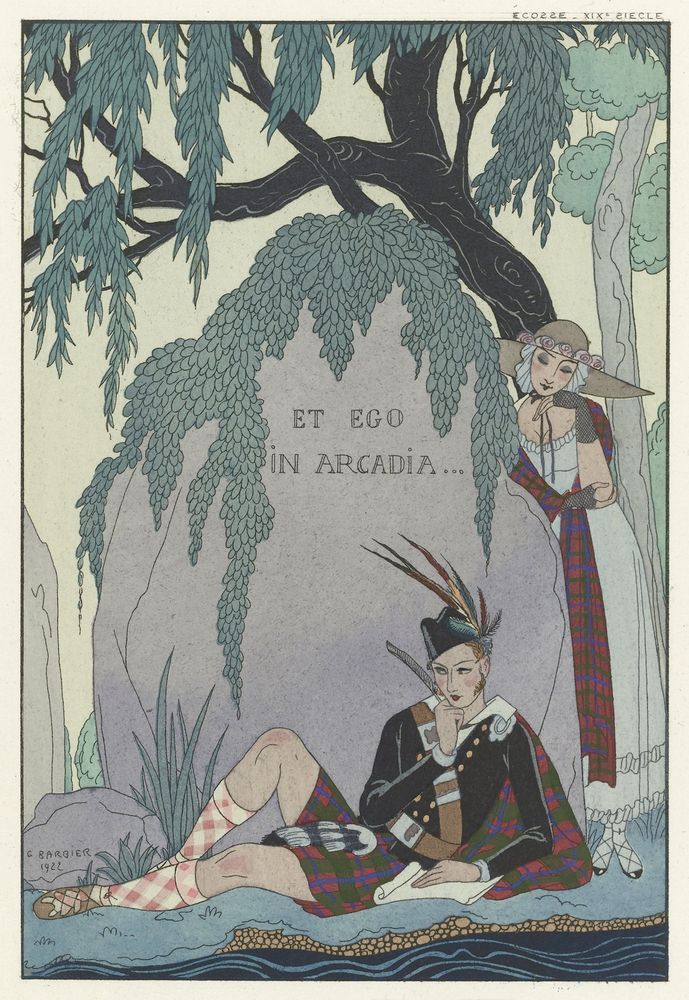
a woman peers around a large rock with ivy atop it, inscribed with the phrase "Et ego in arcadia", which seems to be a mis-transcribed "et in Arcadie ego" (Even in Arcadia, there am I). In front of the rock is a man wearing traditional Scottish clothing, lounging and looking dreamily in the distance, a scroll of paper ready for his pen
The Poet Lover
George Barbier
1923
09.08.2025 03:08 — 👍 8 🔁 1 💬 1 📌 0
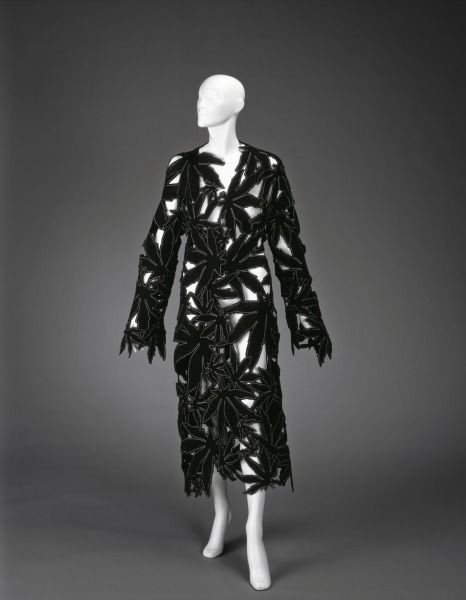
black and white coat and skirt with large marijuana leaves stamped out in the fabric
Cannabis Smoking Coat and Pencil Skirt
John Bartlett, 2000
Cincinnati Art Museum
09.08.2025 00:47 — 👍 7 🔁 0 💬 0 📌 0
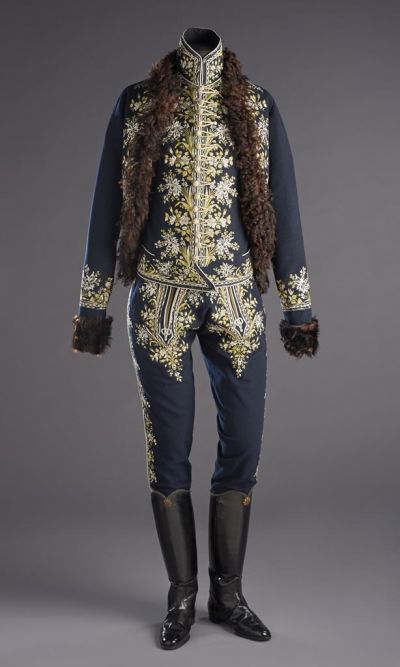
FRONT VIEW source: "The dress is made of dark blue felt. The attenuated mente with set-in sleeves reaches below the waistline the borders are embroidered with alternating motifs of big and small bunches of flowers, in green and white silk thread. Lined with brown lamb's fur, a later addition. The cut of the waistcoat's shoulders are curved it is attenuated at the back and reaches below the waistline. Its width is adjustable with a lace at the back. The borders and the standing collar are embroidered with the motifs described above. Decorated with white and green silk braids all around. The waistcoat (Inv.nr. 14857.) can be closed with braided buttons and loops knit of silk thread its front lower part has a slanted cut.
This dress represents some special features of the 17th century Hungarian man's fashion: the slanted cut at the front and the braided buttons and loops. On the other hand, these features appear on a waistcoat that, following the fashion of Western Europe, took the place of the typical Hungarian "dolman" in the 18th century. The European influence is apparent on the attenuated cut, as well as on the set-in sleeves and the curved line of the shoulders. The legs of the trousers (Inv.nr. 14856.) are tight-fitting for boots, and are with a flap. The bottom consists of two pieces the cut is identical with the usual type of cut of the 17th century. The side seams are braided and embroidered with motifs similar to those of the waistcoat and the mente."
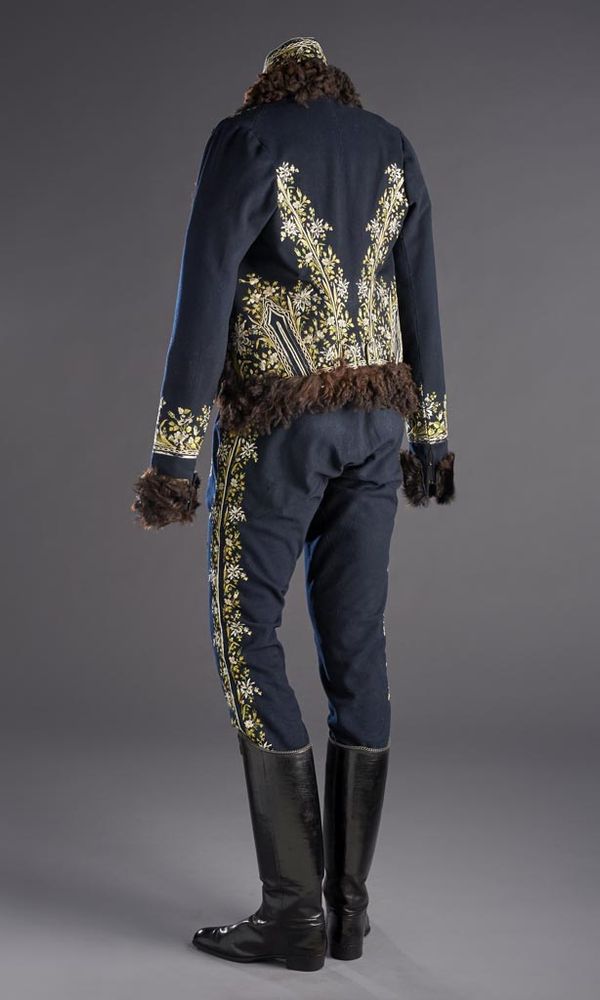
rear 3/4 view (full description in 1st alt text)
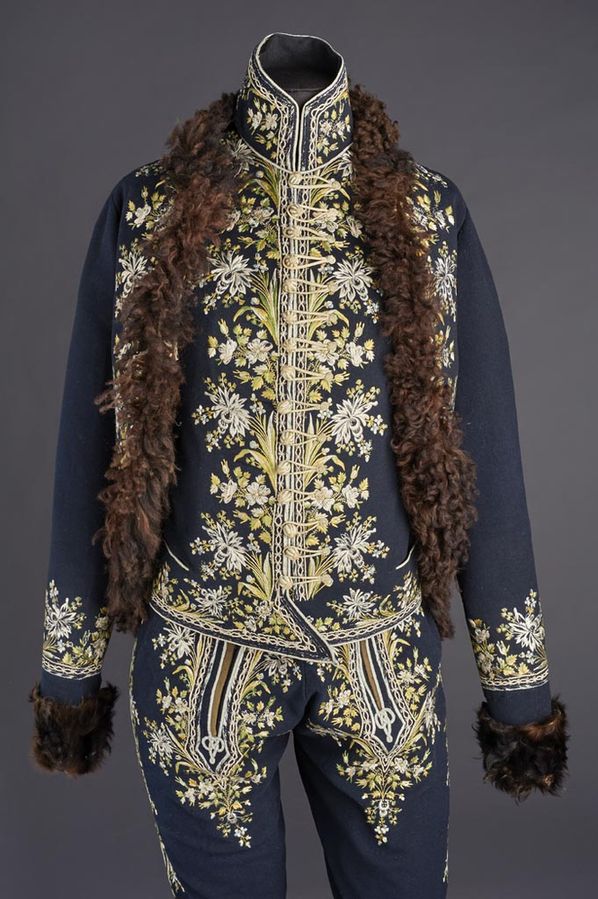
front view, half
(full description in 1st alt text)

back view, jacket
going for the "snazziest embroidery" prize at the ball, if they give prizes at balls (they should)
Hungary
Budapest Museum of Applied Arts
08.08.2025 22:58 — 👍 32 🔁 5 💬 0 📌 0
Some more of the fabulous mannequins, I seriously can't get enough
08.08.2025 14:31 — 👍 17 🔁 3 💬 1 📌 0
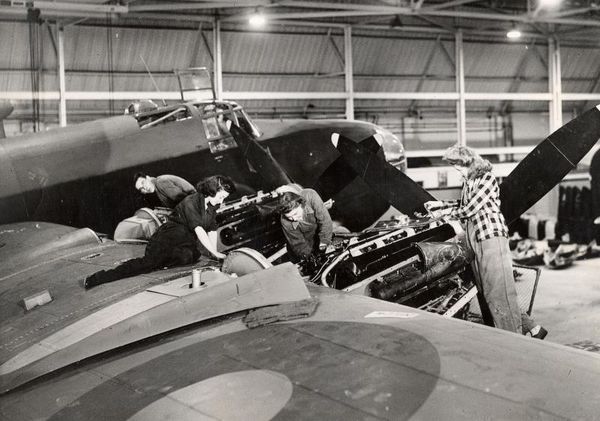
Three women workers shown installing the engines on the starboard wing of a Handley-Page Halifax bomber during the Second World War. The image was probably taken at Aldenham (LTPB factory no 2), where the assembly and installation of the central and front fuselage sections and engines were carried out; alternatively the location could be Leavesden factory, where the bombers were fully assembled and tested.
Three women workers shown installing the engines on the starboard wing of a Handley-Page Halifax bomber, October 1943.
Ref 1998/83741, London Transport Museum.
08.08.2025 01:38 — 👍 25 🔁 5 💬 0 📌 0
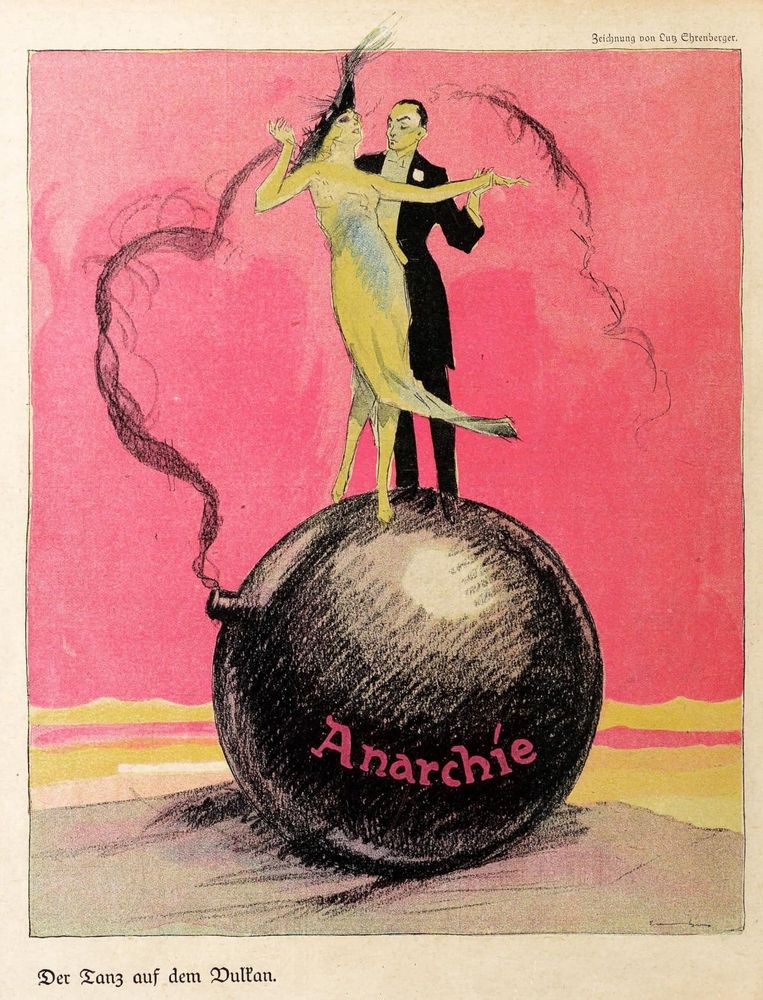
Illustration of a man in white tie and a woman in a pretty dress dancing on top of a bomb whose fuses smoking and written on the Black Bomb in Red Letters the word Anarchy
Ludwig Lutz Ehrenberger, 1919
07.08.2025 23:34 — 👍 13 🔁 3 💬 1 📌 0

I am sharing a double bed with Fiona (stop laughing it isn't funny).
07.08.2025 23:04 — 👍 177 🔁 14 💬 8 📌 2
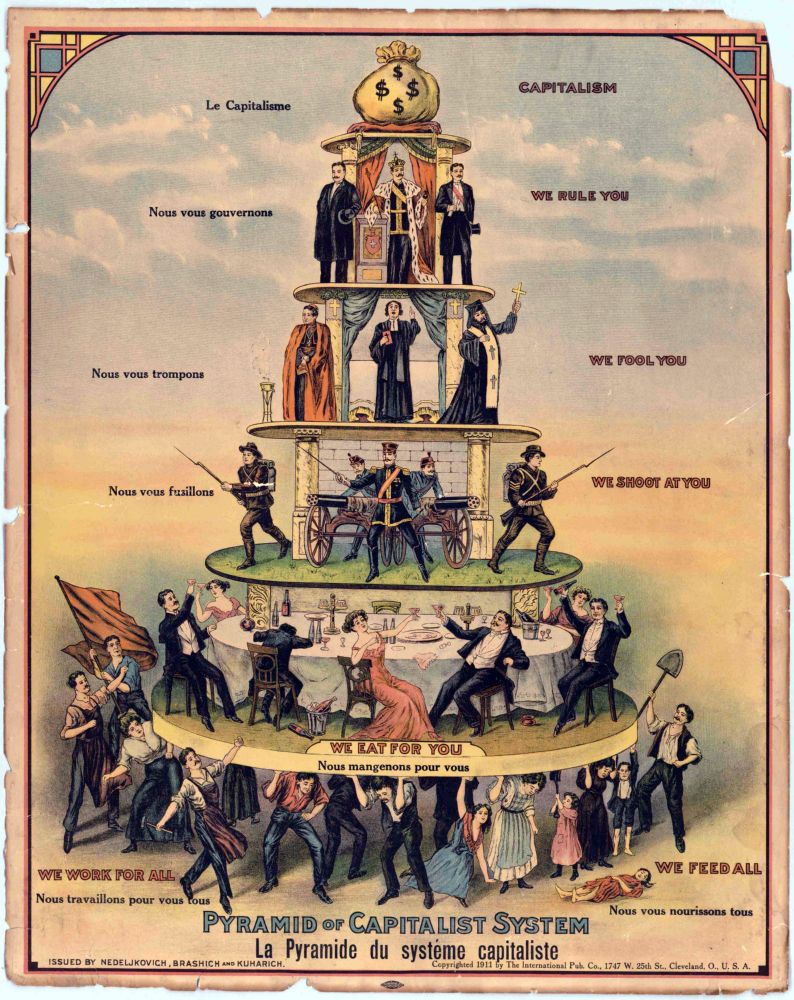
Pyramid of Capitalist System, issued by Nedeljkovich, Brashich, and Kuharich in 1911. Published by The International Pub. Co. , Cleveland OH.
07.08.2025 23:05 — 👍 163 🔁 44 💬 4 📌 5
Ok well there is that, too
07.08.2025 16:20 — 👍 2 🔁 0 💬 0 📌 0
I'm gonna turn into a mannequin snob now 😂
07.08.2025 15:52 — 👍 2 🔁 0 💬 1 📌 0
The colorrrrrrrs 😍
07.08.2025 15:50 — 👍 1 🔁 0 💬 1 📌 0
The only "criticism" I had was that these delightful poses distracted me from anything else in the search results, because they're so expressive.
07.08.2025 15:49 — 👍 2 🔁 0 💬 0 📌 0
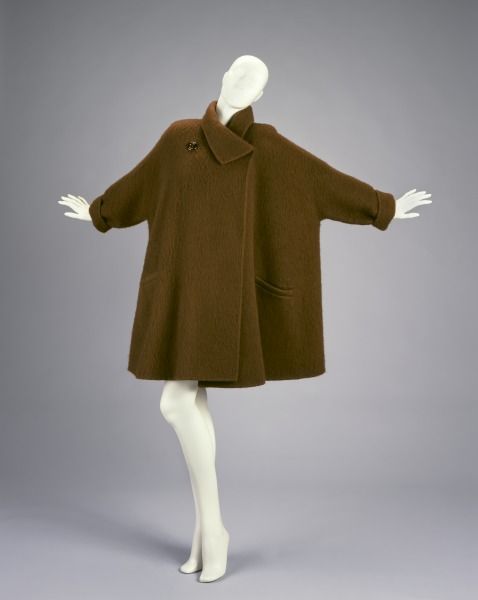
mannequin in a brown coat, arms flung to the side in rapture
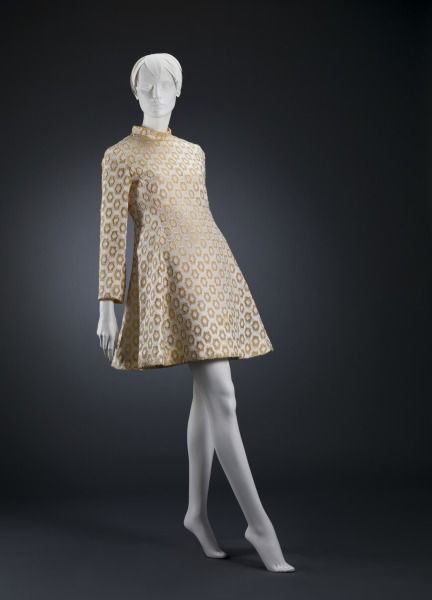
mannequin in long-sleeved midi dress, leaning back all cool like there's a hot guy in front of her and a brick wall behind her
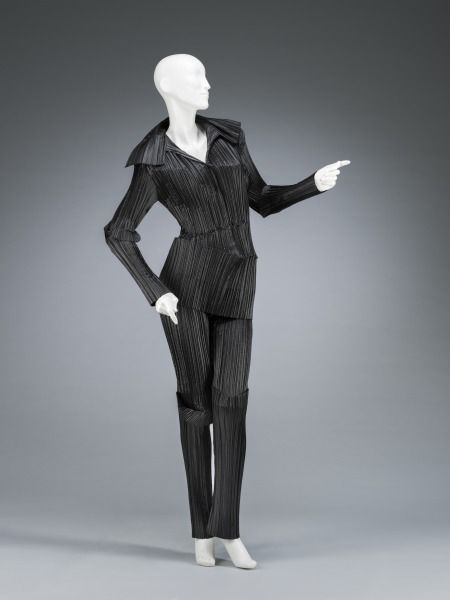
mannequin in a black pantsuit, pointing in two directions kinda like dancing
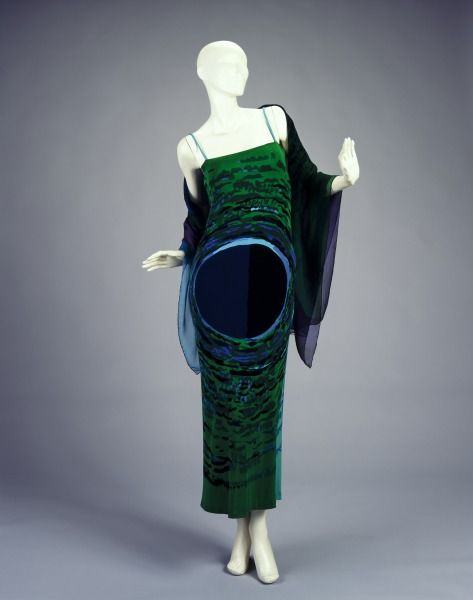
mannequin in emerald green and sapphire blue dress and shawl, hands popped out a little like she's gonna launch into the charleston
If I gave an award for best museum mannequins, Cincinnati Art Museum would be the clear winner, I love the attitude of the poses
07.08.2025 12:05 — 👍 104 🔁 27 💬 4 📌 2
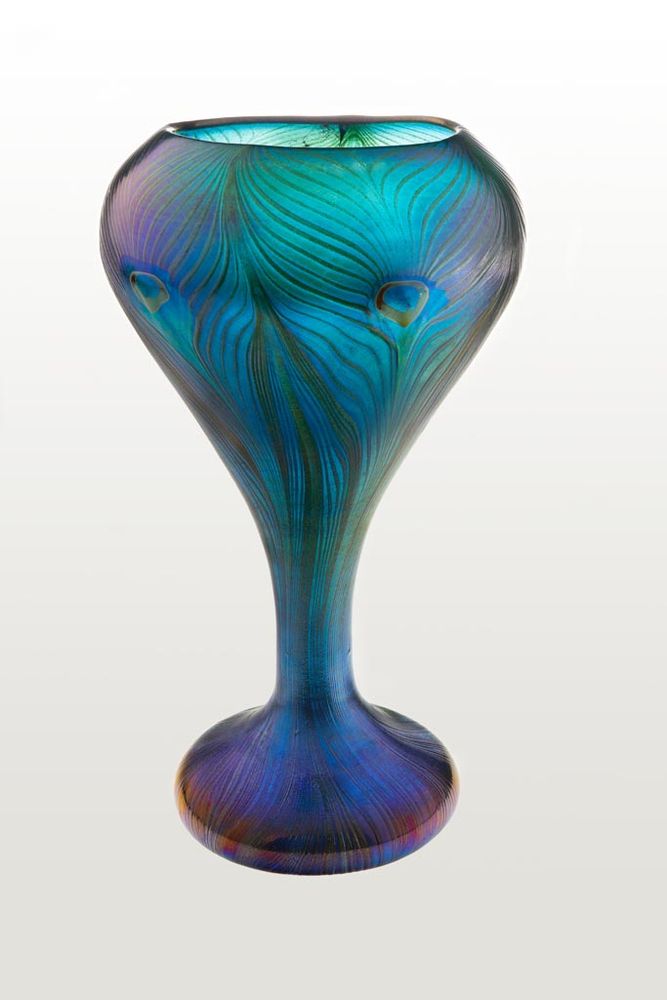
Source: "In 1898, the Director of the Museum of Applied Arts, Jenő Radisics (1856–1917) held an international exhibition entitled The Modern Art to present new developments in the contemporary art of the time. It included fifty items by Louis Comfort Tiffany (1848–1933). Prior to the Budapest exhibition, Tiffany had shown his art glass in Vienna. Siegfried Bing (1838–1905) – Tiffany’s sole distributor in Europe – wanted to avoid the embarrassment of an exhibition in Budapest featuring only pieces that Vienna customers did not want. He therefore added pieces of equivalent standard from his Paris shop La Maison de l’Art Nouveau to the Budapest exhibits. Tiffany was thus represented by a diverse set of top-quality glassware. The catalogue stated that several pieces were actually made for the exhibition. The Peacock vase was one of several other Tiffany items which the Museum of Applied Arts actually purchased. The vase displays the true shimmering blue and green tones of the bird’s feathers. The aventurine filaments placed on the blown cobalt blue base when it was still hot melted into the glass upon further heating, giving the effect of sweeping brushstrokes. The production process responsible for the Peacock vase was developed by George J. Cook, under Tiffany’s personal supervision. In an article published in 1898, Siegfried Bing wrote that Tiffany was so captivated by the peacock-feather motif that he conducted experiments for a whole year in search of a way of emulating the iridescent beauty of that magnificent bird’s plumage. His efforts gave rise to a great many Peacock vases, no two of which are alike. On the Budapest piece, the combination of refined precision with nonchalant vigour attests to virtuosity of the technique applied with a sure touch, and betrays no sign of experimental uncertainty. The vase is the embodiment of technical perfection and artistic refinement."
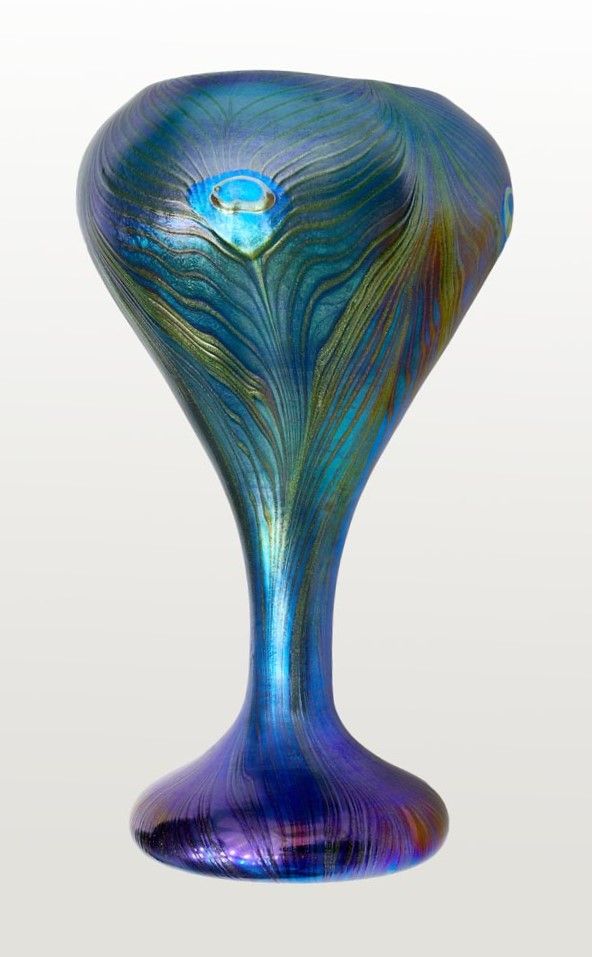
cup from another angle
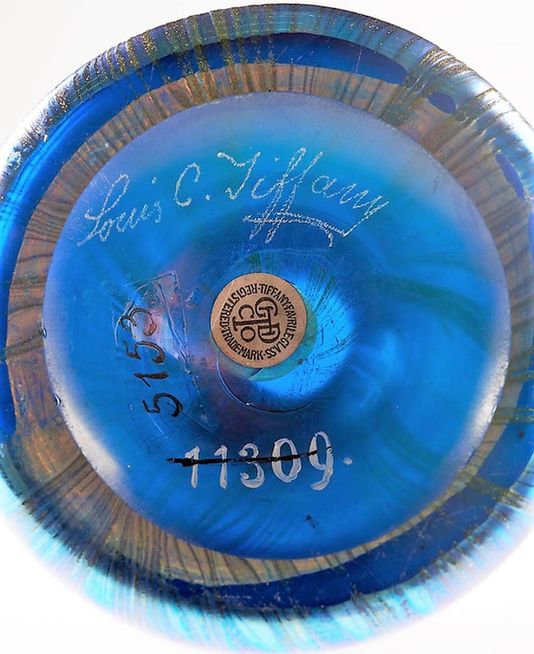
cup from bottom, with Louis C Tiffany signed across the glass
don't mind me I'm just over here drowning in a puddle of my own drool
Louis C Tiffany
ca 1898
Budapest Museum of Applied Arts
07.08.2025 01:34 — 👍 14 🔁 0 💬 1 📌 0

wide cuff bracelet, black, with a long serpentine spine along the top and continuing past the cuff (the spine is about 2x as long as the cuff).

scaly black cuff bracelet

shiny brown large-scaled cuff bracelet

shiny brown cuff bracelet with a serpentine spine along one side
Reptile Skin Bracelets
Katalin Abaházi
Budapest
Budapest Museum of Applied Arts
07.08.2025 00:27 — 👍 10 🔁 3 💬 1 📌 1
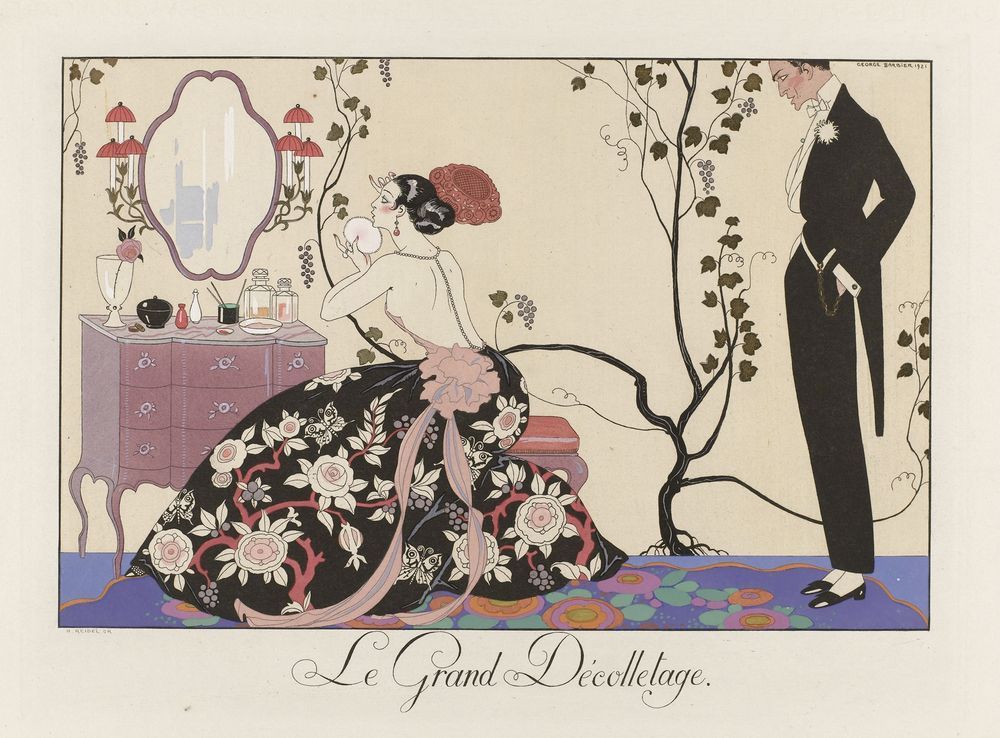
a woman in a backless black dress with white flowers and red vines sits at a dressing table, powdering her face. A man in a tux stands behind her, hands in pockets, looking impatient or annoyed.
Le Grand Décolletage
George Barbier
1924
06.08.2025 21:58 — 👍 16 🔁 4 💬 0 📌 0
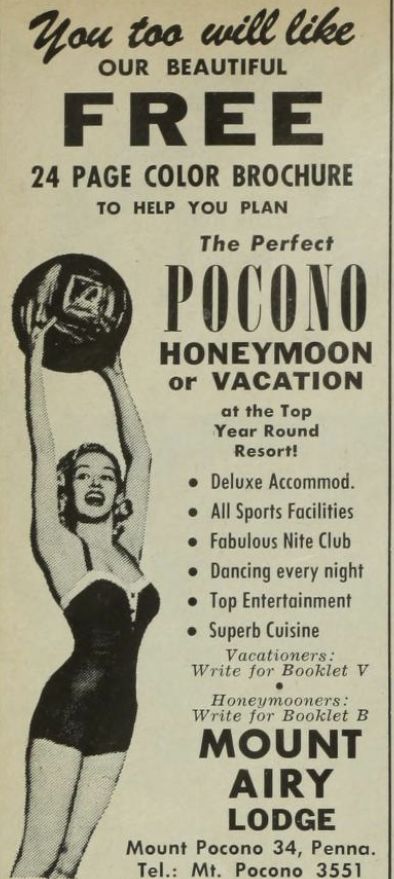
photo of a woman in a bathing suit jumping to catch a large ball
You too will like
OUR BEAUTIFUL
FREE
24 PAGE COLOR BROCHURE
TO HELP YOU PLAN
The Perfect
POCONO
HONEYMOON
or VACATION
at the Top
Year Round
Resort!
• Deluxe Accommod.
• All Sports Facilities
• Fabulous Nite Club
• Dancing every night
• Top Entertainment
• Superb Cuisine
Vacationers:
Write for Booklet V
Honeymooners:
Write for Booklet B
MOUNT
AIRY
LODGE
Mount Pocono 34, Penna.
Tel.: Mt. Pocono 3551
Mademoiselle
July 1958
Internet Archive
06.08.2025 18:03 — 👍 4 🔁 0 💬 0 📌 0
Armchair phrenologist. Self-certified body language expert. MENSA member. Former Never-Ending Pasta Pass Owner. Intellectual. Gifted kid —> Gifted adult. RIP Seattle Sea Dragons. Vai Corinthians. Bluesky’s premier Seven Mary Three poster.
gay and weird in brooklyn
tay: https://bsky.app/profile/did:plc:c5lcwcbubqa3rvbjq4awpy7q/feed/aaajylgj63zyk
frankie: https://bsky.app/profile/did:plc:k5f642ejcpths5dehw7shm5t/feed/aaapzh63cttzy
Dress and design historian. Museum professional. DATS Secretary. Views my own.
Primarily Housebound Spoonie Living Vicariously Through the Lives & Adventures of TV & Film Characters. No shame in a good imagination 😜
Hallmark & Horror!
#PsychOs #Hallmarkies #Sleuthers #POstables #WritingCommunity #HorrorFam #ChronicIllness #Diversity
Freelance Music Publicist, SiriusXM Host, Shameless Idealist, I talk about music in the media. Eric@ThatEricAlper.com
She/her/hers
Artist, designer, movie jerk, bog witch
No NFTs or AI
For the love of Seinfeld. Meant to add a smile to your day. #Seinfeld #Seinfeldism
Writer, journalist, researcher, trade unionist
She/her. Looks like she’d know where the Parmesan cheese is.
Daily quotes from the author of Wide Sargasso Sea, Good Morning, Midnight etc. "If I could choose, I would rather be happy than write." Dead since 1979.
Creator of Ask a Manager – home to all your questions about lunch-stealing bosses, coworkers who won't stop hugging you, and how much you can drink at work.
old & tired. known to ramble about baseball, basketball, early 2000s pop culture, and unhinged food combinations.
#TCMParty, old movies #SFGiants
I’m a frustrated Democrat Hawaii/Big Island/Puna 🏳️🌈ally🏳️🌈 🚫DMs
- Rescuing, resurrecting and resharing the past -
Scanning and restoring slides & negatives, mostly 35mm 🎞️
It’s me, Sara. @yellowcardigan on the other site. Elder millennial/cis/bi/Chicago.
yes, really the Northeast Ohio Regional Sewer District in cleveland, ohio. Customer Relations: 216.881.8247
https://www.neorsd.org/social
Even a crooked regime wants an honest accountant.
Concept Artist at Dreamhaven Studios
Artist, she/her, possibly a werewolf. Clients include Metallica,Smashing Pumpkins, Magic!The Gathering, Boom!, Anchorage Brewing and more
Volunteer at Wolf Watch UK, a wolf sanctuary
https://wolfskulljack.com/
HUMAN MADE ART
















